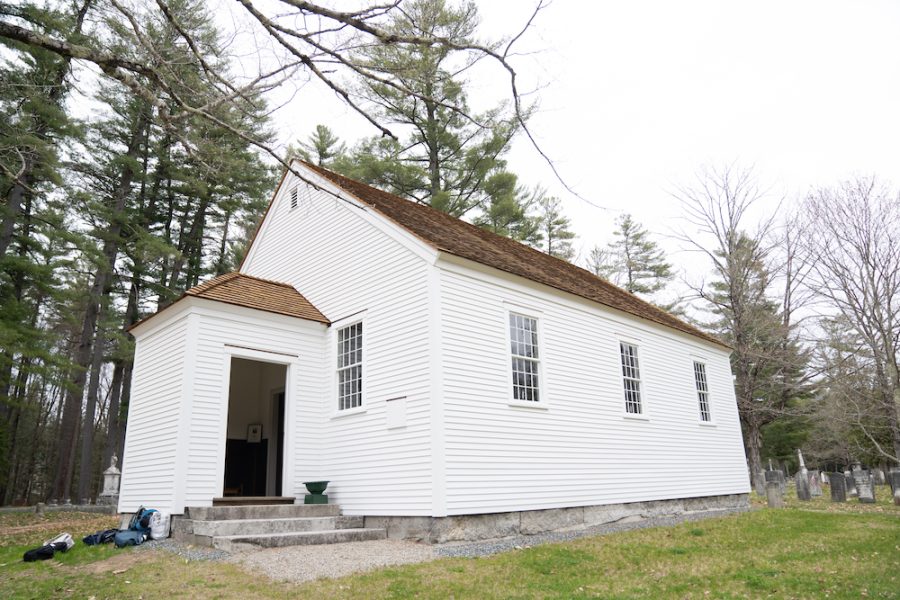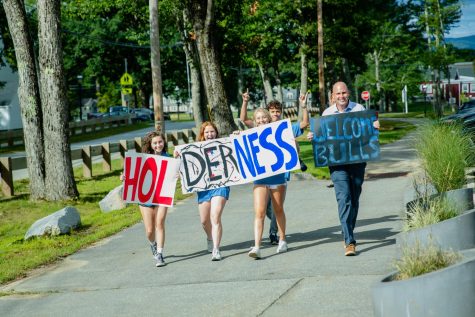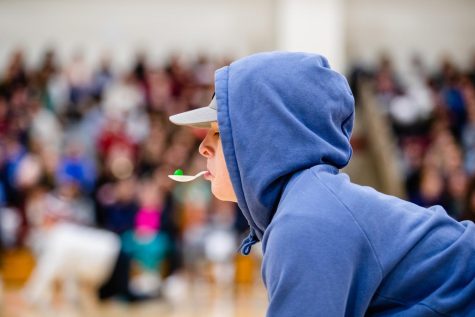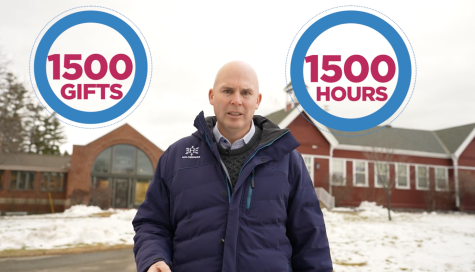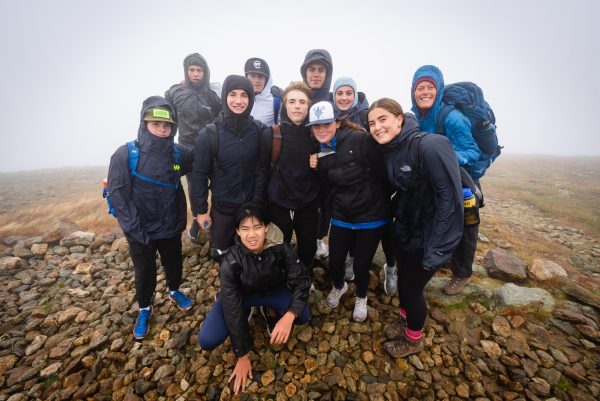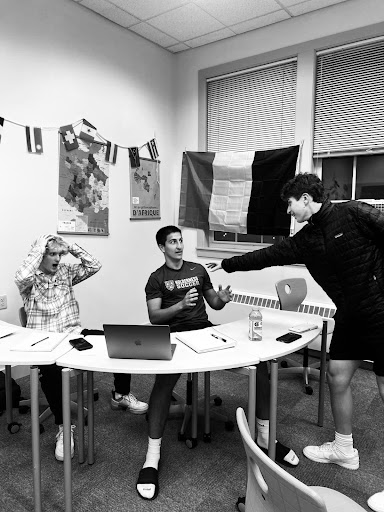Trinity Cemetery: Filled with Holderness History
A large thank you to Doctor. Martinez, who introduced me to the archives and was a major help in finding the information about the cemetery’s history, and Mr. Barnum who asked me to write this article.
Just past Woodward and Pichette lies the Trinity Cemetery with a beautiful wooden church that you may have visited to sign in during your orientation to Holderness, or more recently to sign out if you are a senior. What you may not be aware of is how rich this cemetery is with Holderness history, and how the Trinity Chapel – the second oldest Episcopal church in the state – came to be a founding element of our school.
I recently participated in community service at the cemetery with Mrs. Mei, cleaning debris off the road that goes through the cemetery, and helping to make the cemetery more accessible to visitors. Walking through the Trinity Cemetery, Peter Barnum, former admissions director of more than 20 years and current board member at the Trinity Cemetery, showed me headstones with names like Samuel Livermore, Richard Gallop, Lorin Webster, Don and Ibba Hagerman, and Coach Hinman. Even Mr. and Mrs. Peck and Pete Woodward own a plot at the cemetery. It had not occurred to me before how this cemetery is a place that many of the most notable members of the Holderness community have chosen as their eternal resting place.
As I walked through the cemetery and past these recognizable names, I looked to my left and caught sight of students hanging out on the Woodward and Pichette lawn, and it all made sense why the cemetery is so connected with the school. The woods between campus and the cemetery seem to naturally form a fine line between current Holderness and elements of past Holderness, but the history of the cemetery and school is much more intertwined than you would expect.
Mr. Sheppe, a member of the board at the cemetery, said that “The cemetery reminds us that the school was founded on earlier establishments…The Livermore family, the Episcopal Church, and the town” were all involved in the creation of Holderness.
Before there was Holderness School, there was the Trinity Church, which was one of very few Episcopal churches, attracting many people from the surrounding area. Among the members of the church were the Livermores and Dr. Balch, who later founded Holderness School in an estate that was passed down from the Livermore family. The early school inside the Livermore estate was home to 15 students during the first year and used the Trinity Chapel during its early years until the school grew and built the chapel that we have today. As one schoolboy wrote in a poem about the importance of the chapel around 1898:
“The People now, as in days of yore,
Seem glad to worship here once more
This is not all, we also find
Dr. Balch did have a school in mind
But how to bring the thing about
He was perplexed, he was in doubt
But he gave all that mortal could
His heart was right, his motive good
He sowed the seed with anxious care
It has sprung up, with much fruit to bear
And now that Doctor’s days are past
In this churchyard, he sleeps at last
But the great work he has done here
Will be done for many a year.”
Dr. Balch is one of many people who dedicated much of their lives and so much of their passion to Holderness, who chose to be buried in the cemetery, with only a thin line of trees separating them from the school. In honor of these late community members, Peter Barnum asked me to share their stories. With the help of Dr. Martinez, here is some information provided through the school’s archives about just a few of the many important Holderness community members buried in the Trinity Cemetery.
Samuel Livermore, the namesake of the Livermore building was an early settler in the town of Holderness and an influential politician who pushed for the state of New Hampshire to make the federal constitution legal in 1788. The Livermore mansion, built in 1780 was built during his lifetime and passed through a couple of families until it became the first Holderness School building.
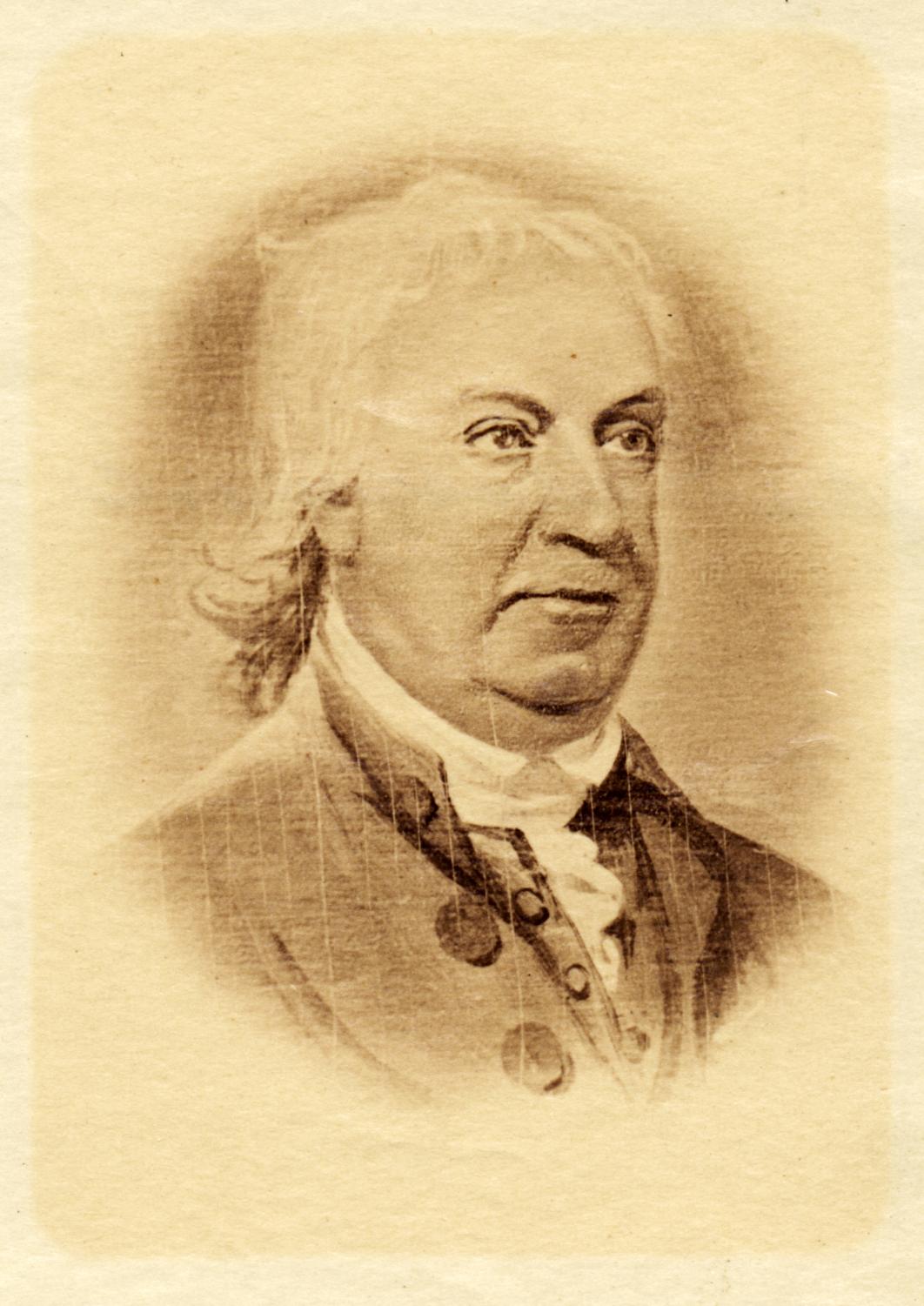
Lorin Webster was one of the first headmasters of Holderness in 1892, working at the school for 30 years, and a prominent supporter of music and sports, putting a baseball diamond, a football field, and a track on campus, and later the Carpenter Memorial gymnasium.
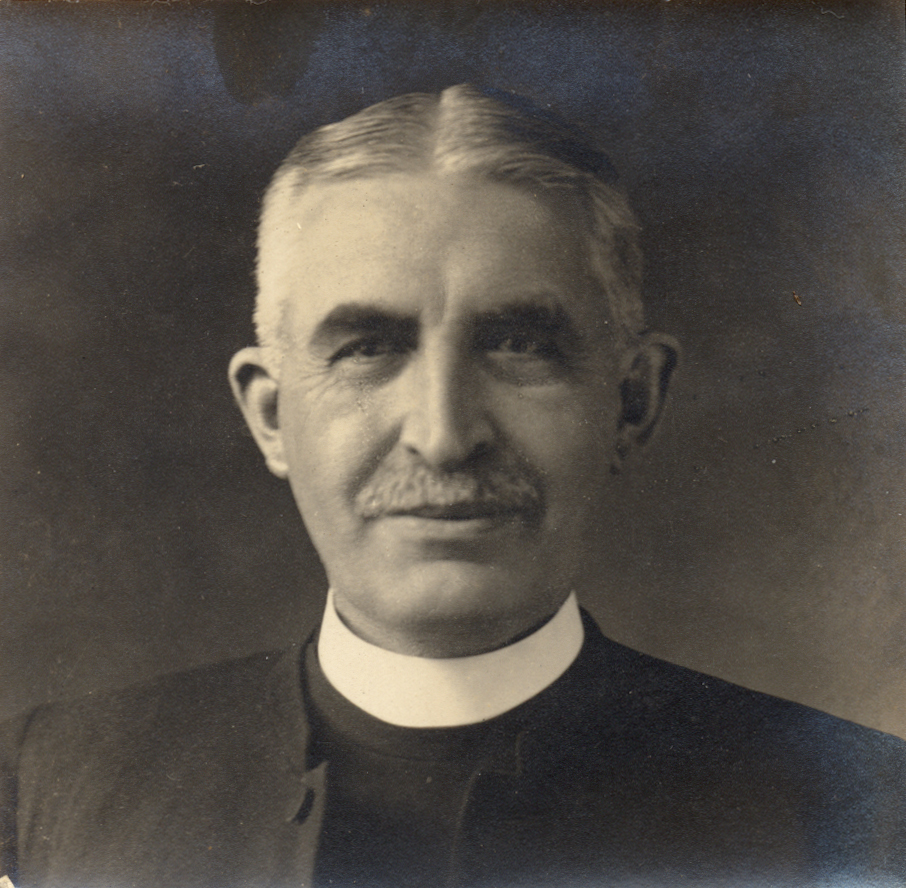
Richard Gallop was a parent and trustee at Holderness, and the namesake for the Gallop Gymnasium as well as the Richard C. Gallop Award, which will be given very soon on Prize Day in his honor to a senior who “demonstrates both creative and community leadership as one willing and able to assert those qualities which further the unique sense of community at Holderness”.
Don Hagerman was a headmaster from 1951 to 1977, who grew the school from 67 students to 226 students while keeping the small school personality alive. Don Hagerman, oversaw the construction of Weld, Rathbun, and Head’s House, overseeing the creation of what is now Capstone, and, perhaps most importantly, introducing Out Back to the school. At the end of his term in 1977, the school was considering becoming coeducational.
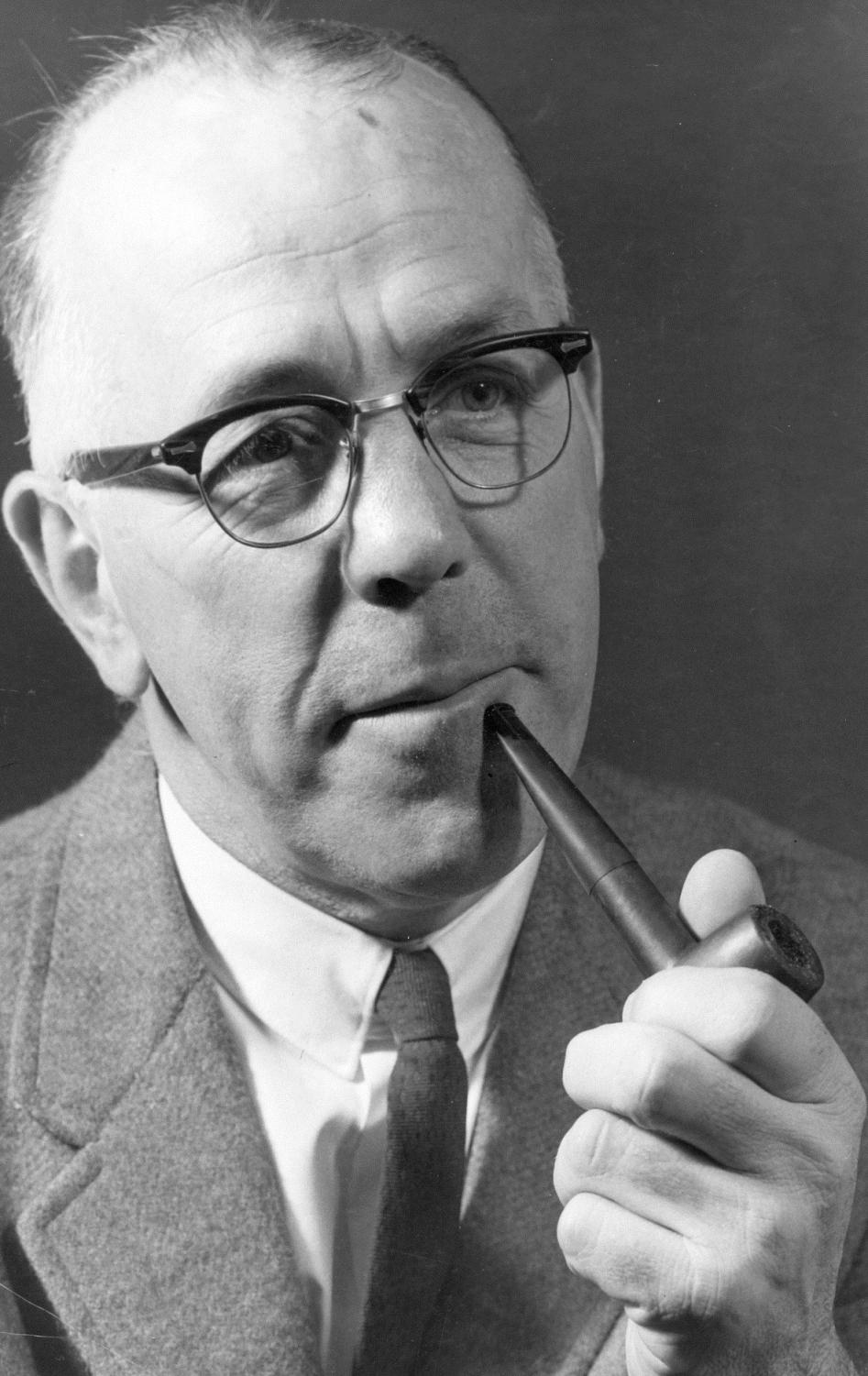
These people all showed commendable commitment to the school and committed much of their lives to the students and community of Holderness. Next time you walk past Livermore, Webster, or Hagerman, consider those that came before you and recognize that the history of the school goes much deeper than your short experience here. And if ever hoping to find some peace, know that Mr. Sheppe encourages you to walk through the beautiful Trinity Cemetery, be inspired by the accomplishments of those buried there, and let it be a reminder that your time on the earth is limited, so take advantage of it.

